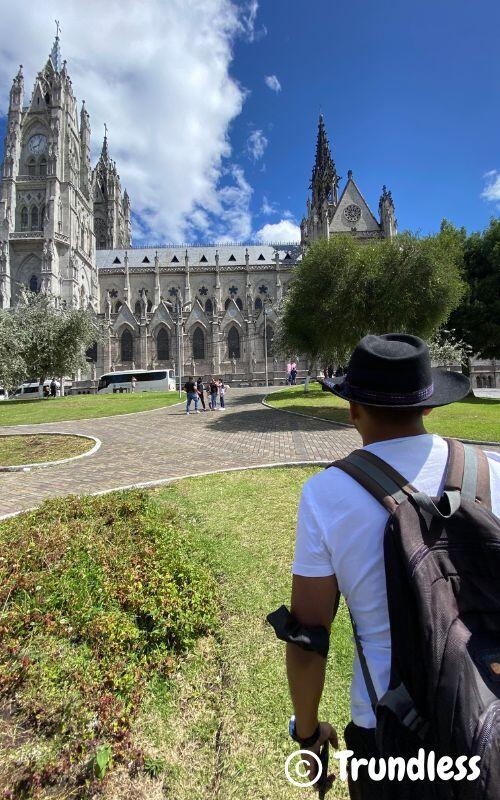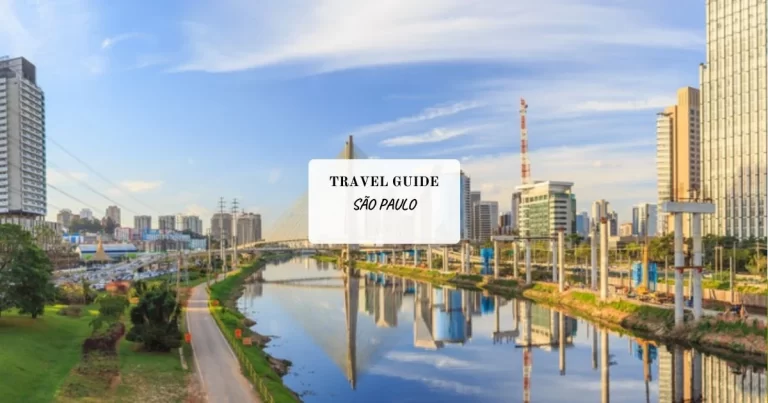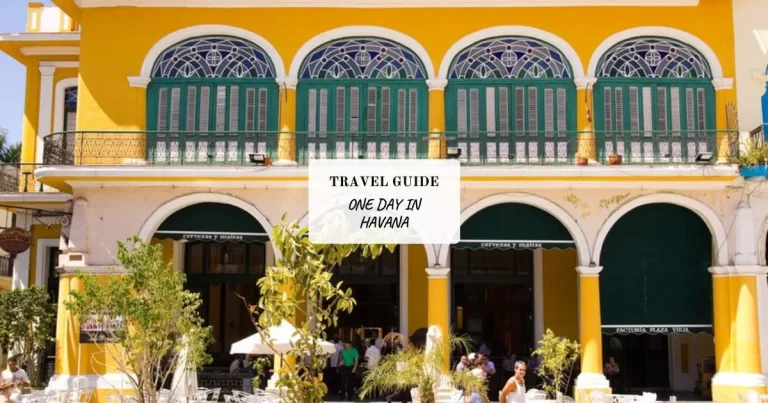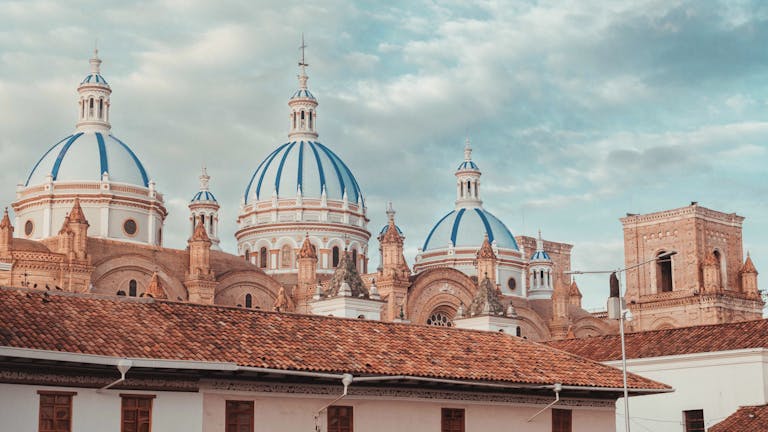Where is Lesotho? Discover This Unique Kingdom
Lesotho is a country located in Southern Africa, completely surrounded by South Africa. It is known for its beautiful mountains and is often called “The Mountain Kingdom.”
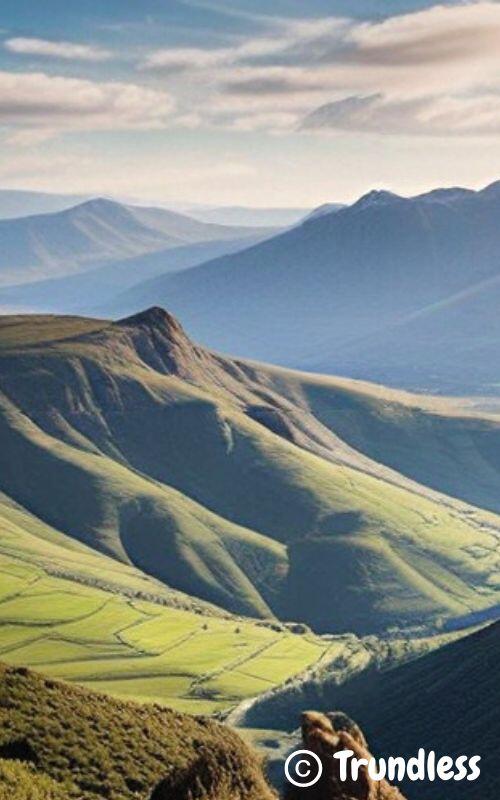
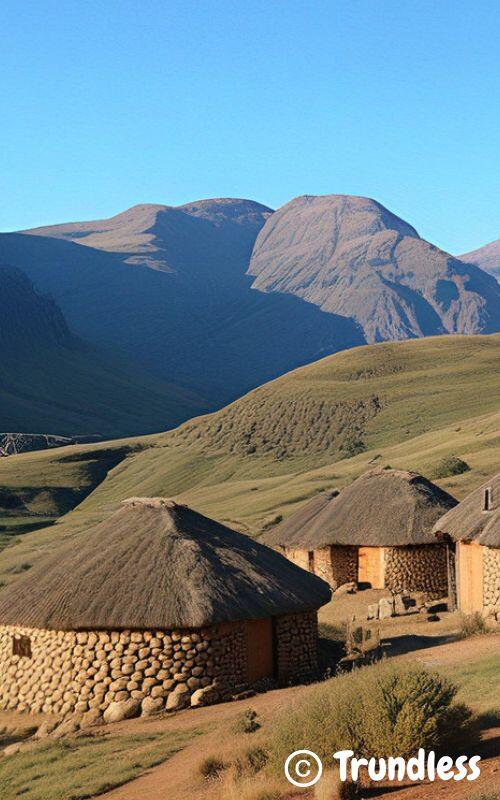
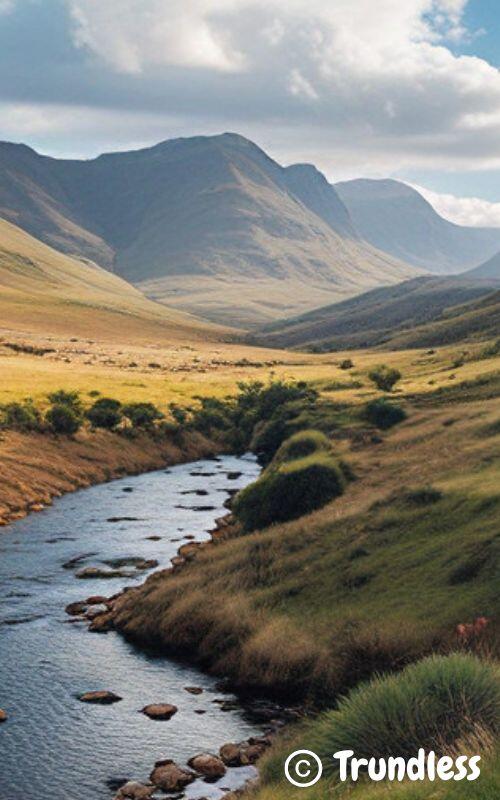
Understanding Lesotho’s location is crucial for appreciating its strategic importance and cultural richness. Its highlands and valleys create a distinct landscape that shapes the way of life for its inhabitants. Lesotho’s capital, Maseru, serves as the political and economic hub, adding another layer of significance to its geographic placement.
In this article, you’ll discover:
- The specific geographic location of Lesotho within Southern Africa
- Unique characteristics that define it as “The Mountain Kingdom”
- Historical milestones from its founding to independence
- Insights into its political structure and governance
- Rich Basotho culture, languages, and heritage
- Diverse landscapes ranging from towering peaks to fertile lowlands
- Economic opportunities and challenges facing the nation today
Lesotho offers an intriguing blend of history, culture, and natural beauty worth exploring.
Understanding Lesotho’s Geographic Location in Southern Africa
Definition of a Landlocked Country
A landlocked country is one that is entirely surrounded by land and does not have any coastlines or access to the ocean. Lesotho is a prime example, uniquely positioned as the only nation in the world completely encircled by a single country, South Africa.
Specific Location of Lesotho Within Southern Africa
Lesotho is situated in the southeastern region of Africa. It lies between latitudes 28° and 31°S, and longitudes 27° and 30°E. The country covers an area of approximately 30,355 square kilometers (11,720 square miles). This strategic location within Southern Africa places Lesotho at a significant elevation, with much of its terrain consisting of highlands. Source
Proximity to Major Cities in South Africa
Being entirely surrounded by South Africa, Lesotho is in close proximity to several major South African cities:
- Maseru: The capital city of Lesotho is located near the border with South Africa’s Free State province. It’s just across from the South African town of Ladybrand.
- Bloemfontein: Approximately 140 kilometers (87 miles) northwest of Maseru, Bloemfontein serves as one of South Africa’s three capital cities.
- Johannesburg: Situated around 350 kilometers (217 miles) north of Maseru, Johannesburg is one of South Africa’s largest and most important economic hubs.
These proximities provide vital links for trade, travel, and cultural exchange between Lesotho and its surrounding neighbor.
Understanding where Lesotho is geographically located helps in appreciating its unique characteristics and challenges. From its elevated landscapes to its cultural heritage deeply intertwined with that of Southern Africa, Lesotho stands out as a distinct nation with a rich history and vibrant community.
Exploring the Unique Characteristics of the Mountain Kingdom
The Mountain Kingdom
Lesotho is often referred to as The Mountain Kingdom, a nickname that highlights its unique topography. Unlike many other African nations, Lesotho’s landscape is predominantly mountainous, with approximately two-thirds of its territory consisting of highlands. This rugged terrain not only shapes the country’s natural beauty but also influences its culture and lifestyle (source).
Maseru: The Heart of Lesotho
Maseru, the capital and largest city, serves as the political, economic, and cultural hub of Lesotho. Situated near the western border with South Africa, Maseru acts as a gateway between the two nations. The city is home to key administrative buildings, markets, and educational institutions which play pivotal roles in the daily lives of its residents.
Key Features of Maseru:
- Population: Approximately 330,000 people
- Location: Close proximity to significant South African cities like Bloemfontein
- Infrastructure: Mix of modern amenities and traditional markets
Population Statistics and Demographics
Lesotho’s population stands at around 2.1 million people. The majority belong to the Basotho ethnic group, making up about 99.7% of the population. The country experiences a blend of urban and rural living, with a large portion residing in small villages scattered across the highlands and lowlands.
Demographic Highlights:
- Dominance of the Basotho ethnic group
- Official languages: Sesotho and English
- Youthful population with over half under the age of 24
Understanding these characteristics offers insight into what makes Lesotho distinct within Southern Africa. Its mountainous landscape, vibrant capital city Maseru, and unique demographic makeup contribute to a rich cultural tapestry that captivates both residents and visitors alike.
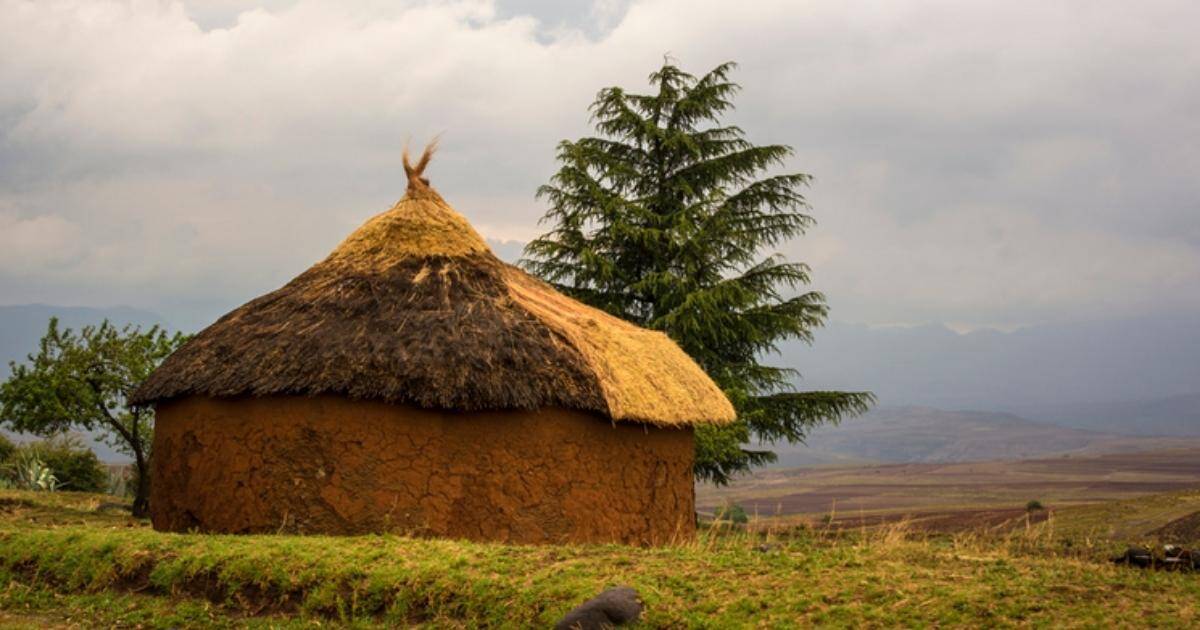
A Journey Through History: From King Moshoeshoe I to Independence
Founding of Lesotho in 1824 by King Moshoeshoe I
The history of Lesotho is deeply intertwined with the legacy of its founder, King Moshoeshoe I. In 1824, King Moshoeshoe I established the Basotho nation amid the turmoil of regional conflicts and migration. He displayed exceptional leadership by uniting various clans and fostering a sense of national identity. His strategic acumen and diplomatic skills allowed him to negotiate peace with neighboring tribes, ensuring the survival and stability of his people. Source
Transition to a British Protectorate in 1868
Facing increasing pressure from encroaching Boer settlers and other external threats, King Moshoeshoe I sought protection from the British Empire. In 1868, Lesotho became a British protectorate, known then as Basutoland. This transition provided a safeguard against external aggression but also introduced new administrative structures and colonial influences that reshaped the political landscape of the region. Source
Milestones Leading to Independence in 1966
- Early 20th Century: The early decades under British rule saw efforts to modernize infrastructure and education, though these were often limited.
- Post-World War II: Nationalist movements gained momentum across Africa. Basutoland was no exception; local leaders increasingly demanded greater autonomy.
- 1950s: Political activism intensified with the formation of parties like the Basutoland Congress Party (BCP), which played a crucial role in advocating for self-governance.
- 1960: The British government began to reconsider its colonial policies, leading to constitutional reforms that allowed for increased local participation in governance.
- Independence Achieved: On October 4, 1966, Lesotho achieved full independence from Britain. This significant milestone marked the beginning of a new era for the nation as it transitioned to self-rule.
Understanding these historical phases provides valuable insight into how Lesotho evolved into the sovereign state it is today.
The Political Structure of Lesotho and Its Modern Governance
Lesotho’s government is structured as a constitutional monarchy, which means that the country recognizes a monarch as the official head of state within the parameters of a constitution. This blend of traditional monarchy and modern democratic principles provides a unique governance framework.
Role of King Letsie III
At the helm of this constitutional monarchy is King Letsie III. As the head of state, his role is largely ceremonial. He symbolizes national unity and continuity, serving as a cultural and historical figurehead for the Basotho people. Unlike absolute monarchies where kings wield significant power, King Letsie III’s duties are more representative, contributing to national identity without direct involvement in day-to-day political affairs. Source
The Parliamentary System
Lesotho operates under a parliamentary system that forms the backbone of its legislative and executive functions. This system consists of:
- The Senate: The upper house, primarily composed of hereditary chiefs and appointed members.
- The National Assembly: The lower house, elected by popular vote.
The Prime Minister, who is the head of government, emerges from the majority party in the National Assembly. The parliamentary system ensures that legislative decisions reflect the will of the people while maintaining checks and balances through its bicameral structure.
Key Features
- Constitutional Monarchy: Balances tradition with modern governance.
- King Letsie III: Acts as a unifying figurehead.
- Parliamentary System: Comprises an elected National Assembly and an appointed Senate.
This governance model provides stability while allowing for democratic participation, making Lesotho’s political structure both distinctive and effective in addressing contemporary challenges.
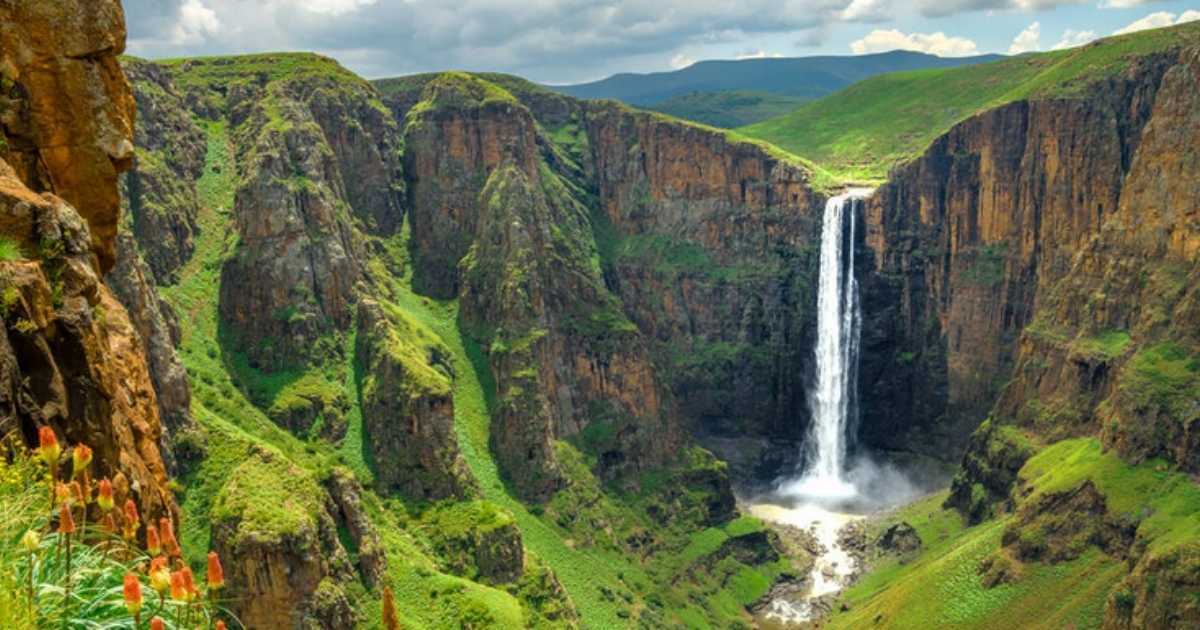
Preserving Identity: Basotho Culture, Languages, and Heritage
Lesotho’s cultural richness is deeply rooted in the identity of the Basotho people. Representing approximately 99.7% of Lesotho’s population, the Basotho are central to the nation’s cultural and social fabric. This ethnic group’s traditions and practices are not only preserved but actively celebrated across the country.
Languages Spoken
- Sesotho: The primary language spoken by the Basotho people, Sesotho is integral to daily communication and cultural expression. It serves as a cornerstone of national identity.
- English: Alongside Sesotho, English holds official status. It is commonly used in government, education, and business, facilitating international relations and trade.
Cultural Heritage
The cultural heritage of Lesotho is vividly reflected in various aspects of daily life:
- Music and Dance: Traditional Basotho music often features instruments like the lesiba (a type of mouth harp) and vibrant dances that mark celebrations and communal gatherings.
- Clothing: The iconic Basotho blanket is a symbol of pride and heritage. These blankets are worn during important ceremonies and everyday life, offering both warmth and cultural significance.
- Arts and Crafts: Local artisans produce intricate handicrafts, including pottery, beadwork, and woven items that echo traditional patterns and designs.
Community Life
Cultural heritage plays a pivotal role in community cohesion:
- Social Structures: Elders hold respected positions within communities, offering guidance based on traditional knowledge.
- Festivals: Annual events such as the Morija Arts & Cultural Festival showcase Basotho art, crafts, performances, and culinary traditions.
- Rites of Passage: Ceremonies marking significant life events—births, marriages, initiations—reinforce communal bonds through shared customs.
Engaging with the rich tapestry of Basotho culture offers a profound understanding of Lesotho’s unique identity. The interplay between tradition and modernity creates a dynamic cultural landscape that continues to evolve while honoring its roots. Source
The Diverse Landscapes of Lesotho: From Mountains to Lowlands
Lesotho’s topography is a striking feature that defines its unique landscape. Known for its mountainous terrain, the country’s geography is dominated by highlands and narrow valleys. Approximately two-thirds of Lesotho’s territory consists of these highlands, offering breathtaking views and a distinct environment that sets it apart from its neighbors.
One of the most notable aspects of Lesotho’s landscape is its highest peak, Thabana Ntlenyana, which reaches an impressive 3,482 meters (11,424 feet). This peak is part of the Drakensberg-Maloti mountain range and stands as the highest point in Southern Africa. The high altitude contributes to a variety of climate variations across the country, with significant differences between the lowlands and highlands. Source
Highlands
The highland regions experience cooler temperatures year-round. Winters can be harsh, with temperatures often dropping below freezing. Snowfall is common in these areas, making it one of the few regions in Africa where you can find snow-covered mountains.
Lowlands
In contrast, the lowland areas tend to have a warmer climate. Summers can be hot, but these regions also benefit from a more moderate winter compared to the highlands.
The diverse climatic conditions across different elevations create unique ecosystems and agricultural opportunities. While the lowlands are suitable for growing crops like maize and sorghum, the highlands are ideal for raising livestock such as sheep and goats.
This varied landscape not only impacts agriculture but also offers numerous opportunities for tourism. Outdoor enthusiasts are drawn to activities such as hiking in the mountains, exploring valleys, and experiencing the distinct climates that vary dramatically over short distances.
Lesotho’s geographic diversity is integral to understanding its culture and way of life. The interaction between people and their environment has shaped traditions and practices that are uniquely Basotho.
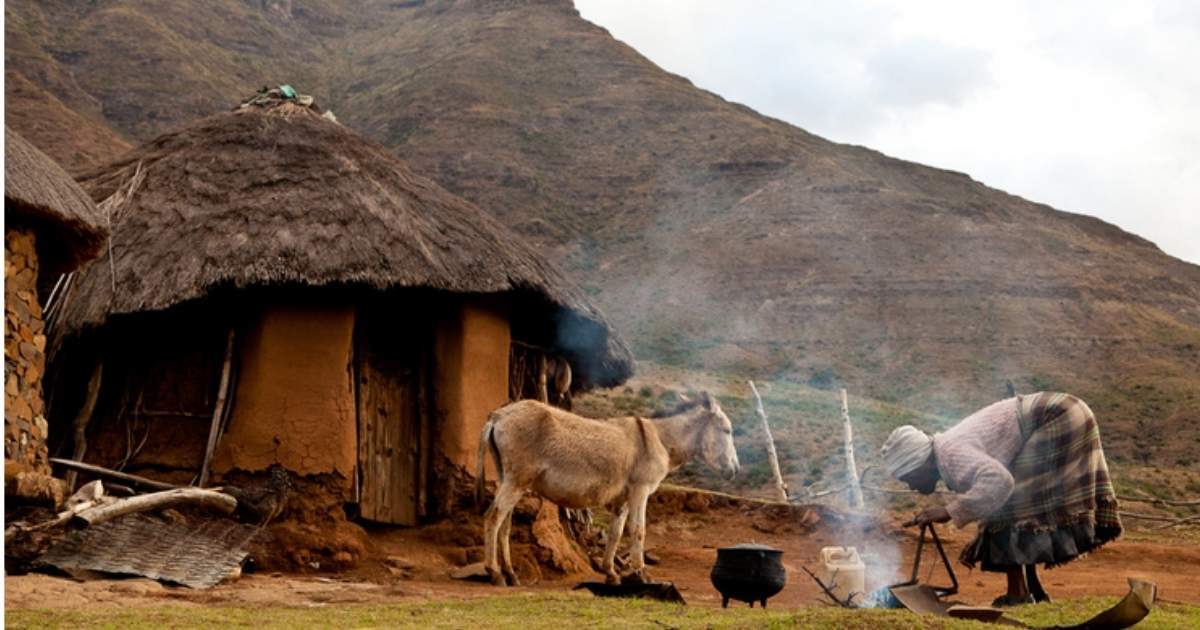
Economic Opportunities and Challenges in Lesotho Today
Lesotho faces significant economic challenges that affect its development. These challenges include:
- Poverty: A large portion of the population lives below the poverty line.
- Health issues: The country has one of the highest rates of HIV/AIDS globally, which not only affects public health but also the workforce and overall productivity.
Despite these challenges, Lesotho has opportunities for economic growth in the following areas:
Agriculture Potential
Agriculture is crucial to Lesotho’s economy as it employs a significant portion of the population. The country’s unique geography and diverse climate create opportunities for various agricultural activities. Some key points to note about Lesotho’s agricultural potential are:
- Key products include maize, wheat, sorghum, and livestock.
- There is room for growth in cultivating high-value crops and improving irrigation systems to increase productivity.
Tourism Sector
Lesotho, also known as “The Mountain Kingdom,” has distinctive landscapes that make it an attractive destination for tourists. Some highlights of Lesotho’s tourism potential are:
- Scenic mountain ranges perfect for hiking and adventure sports.
- Cultural heritage sites such as Thaba-Bosiu and historical villages.
- The Lesotho Highlands Water Project, an impressive engineering feat that appeals to tourists interested in sustainable development.
Investing in infrastructure development and effective marketing strategies could significantly boost this sector’s contribution to the economy.
By addressing economic challenges, capitalizing on agriculture potential, and promoting the tourism sector, Lesotho can pave the way for substantial economic growth.
Exploring Lesotho: Discovering Adventures in a Unique African Nation
Understanding Lesotho’s location and characteristics enriches your appreciation of its unique culture and geography. The country’s mountainous terrain offers numerous adventures for outdoor enthusiasts, from trekking to skiing on its snow-capped peaks. Source
Cultural Exploration:
- Traditional Basotho Villages: Experience the daily life of the Basotho people, known for their vibrant culture and traditional dress.
- Historical Sites: Visit important landmarks such as Thaba Bosiu, where King Moshoeshoe I established his stronghold.
Outdoor Activities:
- Trekking and Hiking: Explore trails that take you through Lesotho’s stunning landscapes, providing breathtaking views.
- Skiing: Hit the slopes at Afriski Mountain Resort, one of Africa’s few ski resorts.
Natural Wonders:
- Maletsunyane Falls: Witness one of the highest waterfalls in Africa with a drop of 192 meters (630 feet).
- Sehlabathebe National Park: Discover diverse wildlife in this UNESCO World Heritage Site.
Lesotho offers an enriching experience for those willing to delve into its culture and natural beauty. This small nation provides a unique blend of adventure and cultural immersion, making it a fascinating destination in Southern Africa.
Conclusion and Other Information
In conclusion, the Kingdom of Lesotho, a landlocked country in Southern Africa, offers a unique country profile characterized by its rich history and complex political landscape. The Government of Lesotho, led by various parties including the Basotho National Party and the Lesotho Congress for Democracy, has navigated challenges since the nation gained its independence from British rule. The World Bank has been instrumental in supporting Lesotho’s economic development, particularly in harnessing its natural resources.
Lesotho’s economy is intertwined with the Republic of South Africa, with financial systems using both the Maloti and the South African Rand. The nation’s political history saw figures like Moshoeshoe II and Leabua Jonathan playing pivotal roles, with Jonathan’s tenure as Prime Minister of Lesotho following months of political pressure. The Lesotho Mounted Police and executive authority have been key to maintaining order amidst political upheavals, including times when leaders had to flee to South Africa.
Lesotho is a member of regional organizations like the Southern African Development Community and the Southern African Customs Union, which strengthen its economic ties. Its geography, with a significant river system and a distinct rainy season, has been both a boon and a challenge. Historical events, such as a series of wars that reduced Moshoeshoe’s kingdom to half, and the influence of apartheid in South Africa, have shaped its current state.
In recent years, movements like the Revolution for Prosperity have sought to propel the nation towards a brighter future. Despite past conflicts and economic dependencies, Lesotho continues to stride forward, leveraging its resources and alliances, including its strategic relationship with South Africa for three days, to ensure prosperity and stability for its people.


